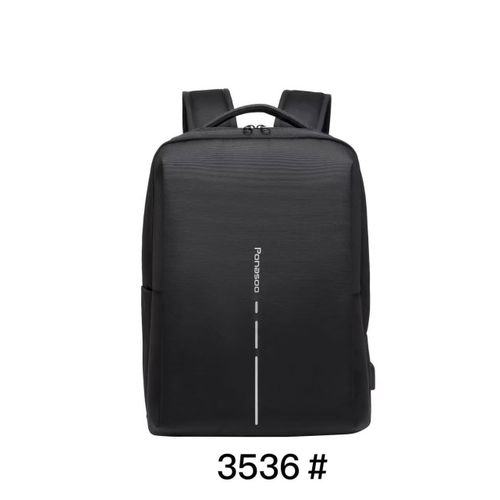New White Paper Exposes Uganda’s Illicit Alcohol Crisis

A newly released white paper by the Coalition Against Illicit Alcohol Uganda (CAIA-UG) in collaboration with Arrow Empirical Research Institute has uncovered a nationwide crisis, painting a sobering picture of the scale, causes, and consequences of illicit alcohol consumption in Uganda.
Titled “Public Health Implications of the Harmful Consumption of Illicit Alcohol in Uganda”, the report draws from intensive fieldwork and laboratory analyses across Kampala City and Arua District, offering one of the most comprehensive looks to date at this underground epidemic.
Illicit alcohol now accounts for a staggering 65% of all alcohol consumed in Uganda, with 83% of surveyed patrons reporting use within 1 week of being surveyed highlighting the frequency of consumption.
The report reveals that illicit spirits frequently exceed 44.2% alcohol by volume (ABV), while many samples contained dangerously high levels of methanol – up to 640.59 mg/L. Methanol, a toxic compound, has been linked to blindness, organ failure, and death.
The white paper draws a direct line between illicit alcohol and widespread public health harms – including increased hospitalizations, mental health deterioration, family conflict, and youth addiction.
According to the study, consistent exposure to high alcohol has over time resulted in increased prevalence of liver cirrhosis and esophageal cancer among men over 25 years.
In addition to this, 13% of respondents show signs of alcohol dependence with a staggering 4 in 10 respondents drinking
daily. Whilst men are at greater risk with 58% drinking illicit alcohol daily, 42% of women surveyed also confirmed daily consumption.
Production environments are woefully unsanitary. Brewing sites are found operating in dirty conditions, while unsafe water sources and unclean tools were common in both Kampala and Arua.
Meanwhile, retail conditions are equally alarming, with visible signs of contamination in outlets visited during the
research, exposing millions to unregulated and potentially lethal concoctions.
“This is not just a public health crisis, it is a human rights issue,” said Prof Myriam Sidibe, Co-Chair of CAIA-UG.
“We are losing generations of Ugandans to unregulated alcohol produced under unsafe and unsanitary conditions. This white paper is a call to arms for all sectors, from Parliament to the pulpit, to take coordinated action.”
The white paper also shines a light on the economic drivers of illicit alcohol. Unscrupulous producers pass off counterfeit packaged products as commercially regulated alcoholic beverages, deceiving consumers and bypassing government regulations.
Illicit alcohol, particularly spirits, is not just prevalent, it is accessible and affordable. Sold predominantly in plastic bottles for as little as shs1000, these brews are consumed in high volumes.
Some consumers reported drinking up to 3.4 litres per session, often using alcohol to cope with stress, unemployment, and social pressure. Consistent exposure to plastics has been linked to cancer through fragments found in these plastics.
“This isn’t just about laws, it’s about livelihoods,” noted Dr. Niwagaba, a public health researcher and contributor to the study. “We cannot regulate with one hand and ignore livelihoods with the other. Real solutions must pair enforcement with dignity through economic alternatives and community support.”
One of the most alarming aspects of the report is the high rate of underage drinking. Despite national legal frameworks, 19% of producers openly acknowledged selling to children under 18, putting Uganda’s youth at-risk.
Even more troubling, 39% of patrons reported starting consumption of illicit alcohol under the age of 18, despite national laws prohibiting alcohol sales to minors.
This white paper serves as both a mirror and a warning – reflecting the deep-rooted socioeconomic challenges that sustain the illicit alcohol trade, while highlighting the urgent need for coordinated, multistakeholder intervention as one of the recommendations to address Uganda’s growing illicit alcohol menace.
Other recommendations include public awareness and education on the dangers of illicit alcohol targeted at groups at risk including youth, informal workers and low-income communities where illicit alcohol is most prevalent, and alternative skills training and development for illicit alcohol producers and retailers.
Ultimately transitioning producers and retailers to shift towards better, safer, legal livelihoods will also bring them within government regulation as a coordinated effort towards tackling illicit alcohol and achievement of Uganda’s development goals.
The white paper draws from intensive fieldwork and laboratory analyses across Kampala City and Arua District, offering one of the most comprehensive looks to date at this underground epidemic.









0 Comments